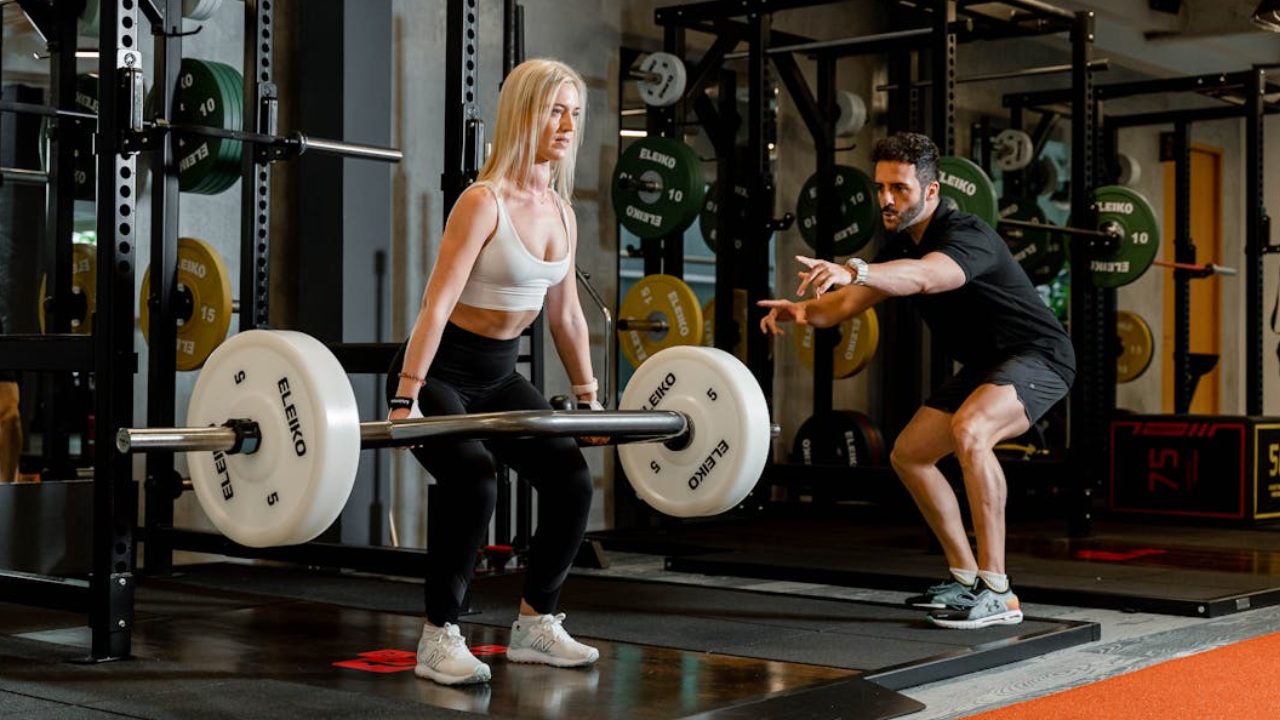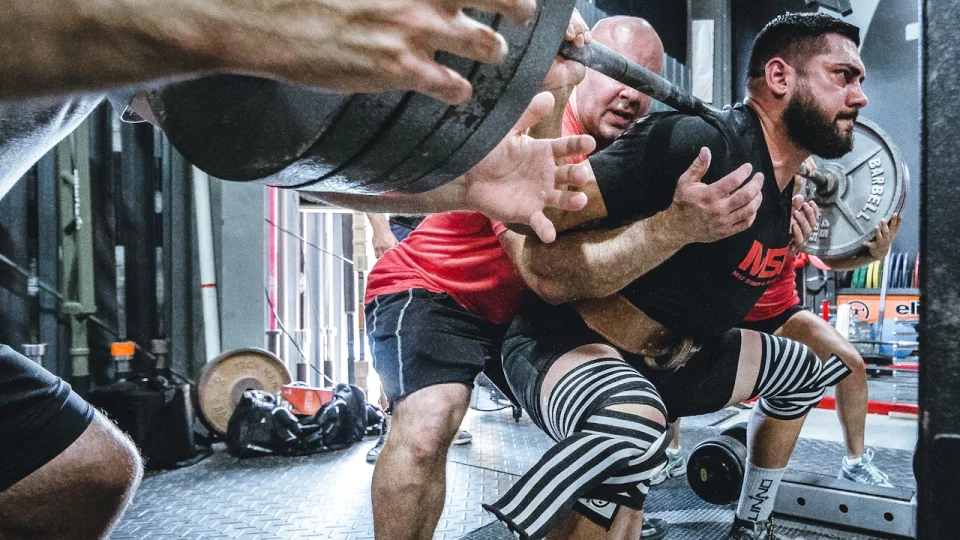When it comes to working out in the gym, one of the most important roles that often gets overlooked is that of the spotter. A good spotter can make or break a successful workout, especially when it comes to lifting heavy weights. Being a spotter isn’t just about standing next to someone while they lift—it involves understanding the dynamics of the exercise, offering encouragement, and ensuring the safety of the person you’re spotting.
In this comprehensive guide, we will explore the essential qualities, techniques, and responsibilities involved in being a good spotter. Whether you’re new to the gym or a seasoned lifter, knowing how to be an effective spotter can improve not only your training partner’s experience but also your own knowledge and growth in fitness.
Table of Contents
Understand the Role of a Spotter
First and foremost, it’s essential to understand what your role as a spotter entails. While many people think that spotting simply involves helping someone lift a weight when they struggle, it goes far beyond that.
A spotter’s primary role is to ensure the safety of the lifter, especially during heavy lifts or exercises where the lifter is pushing their limits. This is most commonly seen in compound movements such as the bench press, squats, or overhead presses—exercises where failure to lift the weight could lead to injury if proper support isn’t available.
Additionally, a spotter acts as a motivator, providing mental support by offering encouragement and focus. A well-timed “You got this!” can give a lifter the push they need to complete a challenging set. Spotters also help with technique, ensuring the lifter maintains proper form, which can reduce the risk of injury and make the exercise more effective.
Know the Exercise
Before spotting someone, you need to have a strong understanding of the exercise they’re performing. This means knowing not only how the exercise is done but also being aware of common mistakes or weak points where a lifter may need assistance. For example, when spotting a bench press, it’s important to know when to step in to help (usually when the barbell is stuck halfway through the lift) and how to safely assist without interfering with the lifter’s technique.
Make sure to discuss the exercise with the person you’re spotting before they begin. Ask them about their preferences—some lifters like minimal help, while others may want you to be more hands-on from the start. Understand the weight they’re lifting and their target number of reps. If they’re aiming for a personal best or nearing muscle failure, you’ll need to be particularly attentive.
Positioning and Body Mechanics
Proper positioning is crucial when spotting. Depending on the exercise, you may need to stand in different positions to ensure you’re able to assist effectively. Here are a few examples:
- Bench Press: Stand directly behind the lifter’s head with a wide, stable stance. Keep your hands hovering just below the barbell, ready to grab it in case the lifter needs help. If the weight is heavy, be prepared to use both hands to lift the bar back onto the rack.
- Squats: Spotting during squats requires a lot more attention and a good sense of timing. Stand behind the lifter with your arms ready to support their torso or the bar if they start to struggle. Be careful to position yourself so you can help without getting in the way or making the situation more dangerous.
- Overhead Press: For this exercise, stand behind the lifter and be ready to guide the barbell back into the rack if needed. This exercise can be particularly tricky to spot since you’re dealing with a heavy weight overhead, so always maintain focus.
Your body mechanics are just as important as the lifter’s. Make sure you are in a stable position with good balance, especially when assisting with heavier weights. If the lifter suddenly fails or drops the weight, you need to be strong and steady enough to handle the load without putting yourself at risk.
Communication Is Key

One of the most important aspects of being a good spotter is communication. Before the lifter begins, have a conversation about their expectations. Ask how many reps they plan to do, if they expect to reach failure, and what type of help they prefer. Some lifters want assistance as soon as they begin to struggle, while others prefer to battle through the sticking point on their own.
During the exercise, you should keep talking to the lifter. Offer words of encouragement like, “One more rep!” or “You’re almost there!” Verbal cues can provide a mental boost, giving the lifter extra confidence to push through difficult sets.
On the other hand, you must also know when to stay quiet and let the lifter focus. Some people find constant talking distracting, especially when performing complex movements or lifts that require a high degree of concentration.
If the lifter is using a heavy weight or trying a personal record (PR), ask them what they want you to do if they struggle. Should you help immediately, or let them fight for a bit? Understanding this beforehand avoids confusion and can prevent accidents.
Focus on Safety
Safety should be your top priority as a spotter. You are responsible for helping prevent injuries, so never let your guard down. Even if a lifter is experienced and has performed a particular lift countless times, things can go wrong in an instant. Stay alert, focused, and ready to intervene if necessary.
Here are a few safety tips to keep in mind:
- Always Be Ready: Don’t get distracted by your phone, other conversations, or what’s happening around you. Your primary focus should be on the lifter. Keep your hands ready, especially if the lifter is attempting a heavy lift.
- Know When to Step In: As a spotter, it’s crucial to know when to step in and help. You don’t want to interfere too early, as it can disrupt the lifter’s rhythm, but you also don’t want to wait too long and let them struggle to the point of injury. Watch for signs of fatigue, such as the bar slowing down or shaking, and be prepared to act.
- Use Safety Equipment: Make sure the lifter is using safety equipment such as collars on the barbell and safety pins or racks during exercises like the squat or bench press. These can be lifesavers if a lift goes wrong.
- Maintain Proper Form: Help the lifter maintain proper form throughout the exercise. Poor form not only makes the lift less effective but also increases the risk of injury. If you notice their form breaking down, remind them to adjust, or if necessary, step in to assist.
Learn to Lift with Minimal Assistance
When spotting, it’s essential to let the lifter do most of the work. Your role is to assist only when needed, not to take over the lift. This is especially important when spotting experienced lifters, as they may be working on strength or endurance by pushing themselves to failure.
If the lifter begins to struggle, help them just enough to get through the sticking point, but don’t completely lift the weight for them unless they indicate that they need a full assist. In some exercises, such as the bench press, you can place your hands under the bar and provide a little upward pressure, allowing the lifter to continue the motion while still working hard.
The goal is to offer just enough help to prevent failure or injury while allowing the lifter to get the maximum benefit from the exercise. Over-assisting can hinder progress, so practice this balance.
Stay Attentive and Observant
A good spotter stays focused on the task at hand from start to finish. It’s easy to lose focus, especially during longer sets, but this can lead to accidents or ineffective spotting. Be observant of the lifter’s body language and movements. Watch for signs of fatigue or poor form that may require you to step in sooner rather than later.
Additionally, be mindful of your surroundings. Make sure the area around the lifter is clear of any objects or other gym-goers that could pose a danger. If the weight is dropped or the lifter loses balance, you need to react quickly without tripping or stumbling.
Know When to Back Off
While being an attentive spotter is critical, there are also moments when you need to know when to back off. Some lifters are working to test their limits and may not want interference unless absolutely necessary. If you see them struggling but know they can safely finish the rep on their own, give them the space to do so.
Over-spotting can make the lifter feel like they’re not in control or that they’re not strong enough to complete the lift independently. It’s important to recognize these situations and provide support only when needed.
